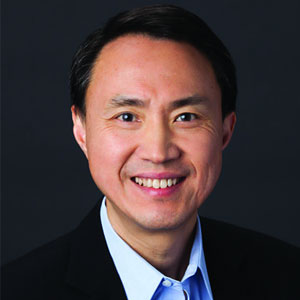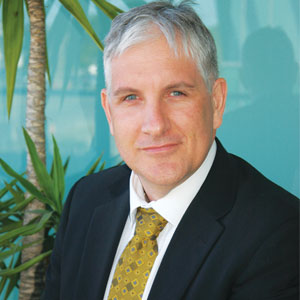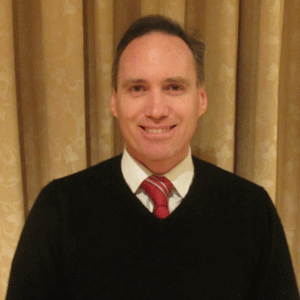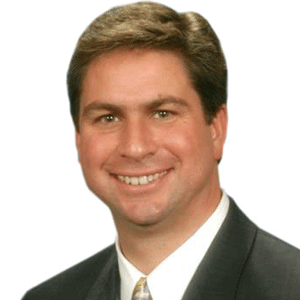THANK YOU FOR SUBSCRIBING

Small incremental steps to a more connected healthcare system
Dr David Dembo, General Manager, Australia Orion Health

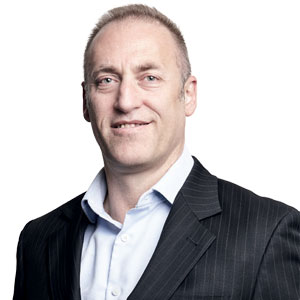
Dr David Dembo, General Manager, Australia Orion Health
The allure of big data concepts in healthcare is both inspiring and frightening. There is significant potential but considerable effort to digitise our health systems to make them meaningful and transparent, all the while keeping the data secure. This longer term view of big data concepts is made up of incremental steps across the healthcare system over multiple years which will deliver progress and significant value along the way. Incrementalism is a pragmatic path to a more connected healthcare system.
Although the age of machine learning and artificial intelligence is upon us, healthcare’s slow consumption of IT and fragmented data sets, remain the key hurdle to recognising the value gained from big data concepts. A large amount of what is digitised is trapped in silos and data warehouses which is difficult to interrogate and creates an incomplete and mostly retrospective view of patient care. Currently, analysing our health systems is like driving a car looking through a splintered rear-view mirror.
To enable data-driven decision making, data in silos need to be liberated and pooled with new data types like genomic tests and social determinants of health data (our social circumstances and behavioural choices) which have profound impacts on our health. When this is possible, fully informed decisions will become achievable for clinicians to better diagnose and treat their patients, and help their families and their care team to improve on the support they need.
The challenges to overcome are complex. For starters, healthcare is a sector that is inherently risk averse (and needs to be, as decisions have profound ramifications). The primary principle of medicine is do no harm and that is why scientists spend many years proving their discovery has a positive impact on care. This creates tension between the demand for new cures and an expectation of safety. That tension is necessary for medical professionals to be confident of new cures. Most clinicians are bought in to the promise of big data, but its impact needs to be proven for it to be adopted as a tool of their trade, in the same way that new surgical procedures or drugs are.
The second significant impediment to change, which any family who has had the unfortunate experience of having to traverse the health system will testify, is that the services they receive when seeking care remain highly fragmented and the funding models equally so.
The biggest advances in healthcare in the next two decades are going to come from the analysis of data
The third significant challenge to leveraging big data in health is that it is not yet fully digitised. A large proportion of data captured in our health systems is still paper-based, making it difficult to share, store and analyse. The good news is that proportion is shrinking and there is a significant amount of investment in IT infrastructure across the sector.
Despite these challenges, there is reason to be optimistic. The biggest advances in healthcare in the next two decades are going to come from the analysis of data. Moving from paper-based, siloed data to a connected, secure system that provides a more real-time view of information is work underway. This creates all sorts of opportunities for data scientists, healthcare providers and commercial companies to join forces and work towards making personalised care a reality. Doctors and technologists are working together around the world gathering whatever data they can, to understand more about the health of our populations and their patients.
For example, machine learning is being used to triage referrals. Patient flow in any system is largely based on rules, categories and sequences. Machine learning can look at the patient data, compare it to other patient data and identify who is more at risk and therefore needs to be seen first. This is an example of how data has been digitised and interrogated.
What we’re still working on is how we can expand traditional data to include social determinants; elements like lifestyle, the economic status of a patient, whether they have a strong network or are isolated. Our social circumstances, behavioural choices and genetics influence our health much more than the decisions made by the health system and yet these data sets do not yet form part of the information presented to healthcare professionals when consulted for care.
Despite the challenge of a partially digitised, highly fragmented health system, we are incrementing our way towards big data and there is a way to expedite the journey. The people who practice the artform of providing care, increasingly see medicine as a data science, which it is. The human is made of genetic code, the software which runs our bodies and the tools of a clinician’s trade are high tech. The most successful IT projects in health are those that are clinician lead and technologists should default to that mindset.
The slow pace of this change should not discourage us. We’re dealing with patient care, sensitive information and a sector that’s characterised by clinicians who reserve the right to be convinced. They look at the evidence and the impact before doing something new. It’s this risk averse nature of medical professionals that is valued when it comes to patient care.
Embracing this analytical, incremental approach of the industry is key to achieving the vision of a more connected, predictive healthcare sector. The evidence of how beneficial machine learning and artificial intelligence are is moving fast, so if we can look at iterating on advances rather than locking in the future, it will improve the system for all.
As you layer on and normalise more data types and sources, you will get momentum toward a vision for precision medicine.
Weekly Brief
I agree We use cookies on this website to enhance your user experience. By clicking any link on this page you are giving your consent for us to set cookies. More info
Read Also







